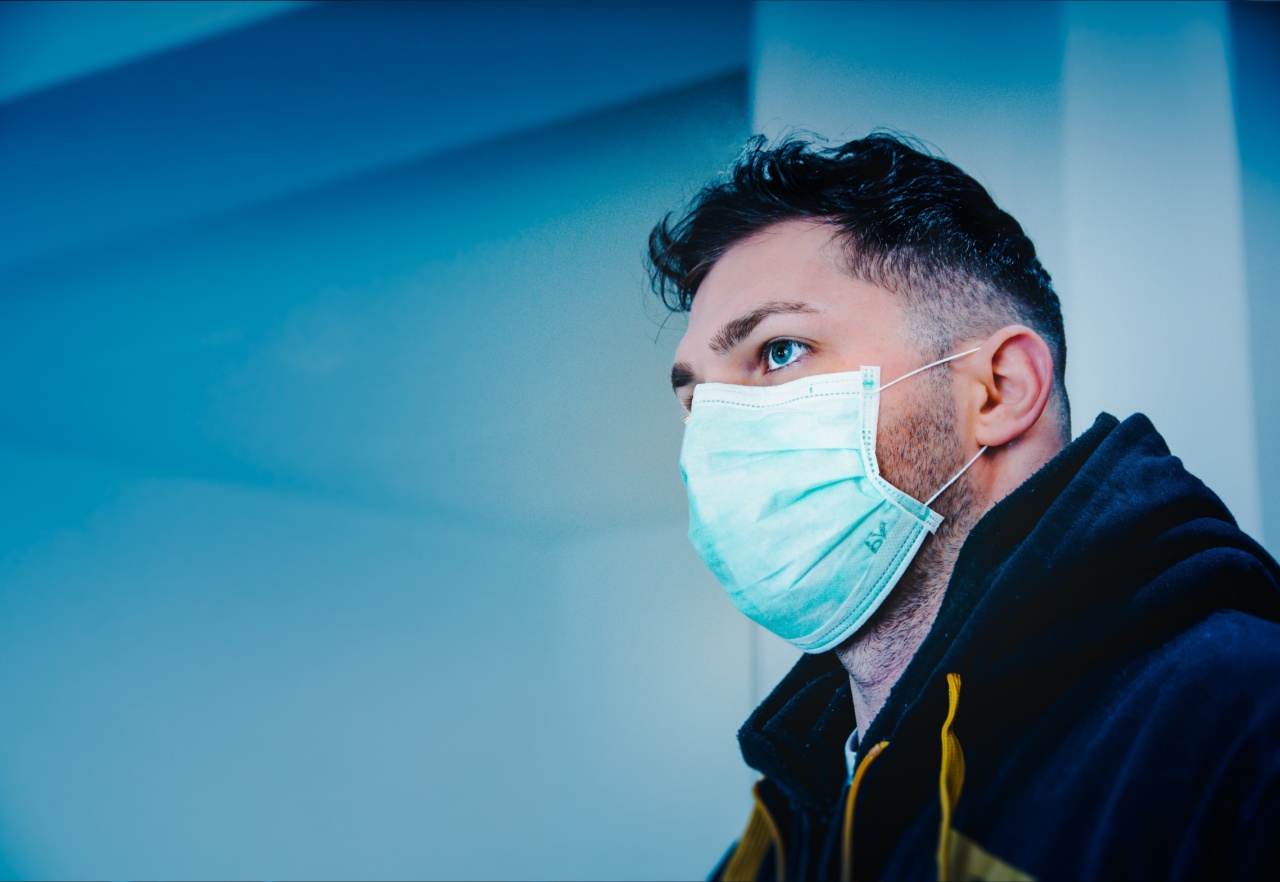In healthcare settings, preventing and controlling infections is of utmost importance in order to ensure the safety of patients, visitors, and healthcare providers.
Healthcare-associated infections (HAIs) can lead to prolonged hospital stays, increased healthcare costs, and even death. Therefore, it is crucial for healthcare facilities to have robust infection prevention and control measures in place to minimize the risk of such infections.
This article discusses various strategies and measures that can be implemented to prevent and control infections in healthcare settings.
Infection Prevention Committee
Establishing an infection prevention committee within healthcare facilities is vital to address infection control issues effectively.
This committee can consist of multidisciplinary healthcare professionals, including infection preventionists, nurses, physicians, and administrators. The committee should be responsible for developing and implementing infection prevention policies, conducting regular surveillance of infections, and providing education and training to healthcare staff.
Hand Hygiene
Hand hygiene is considered the most effective measure for preventing the spread of infections.
Healthcare workers should adhere to hand hygiene protocols, including proper handwashing with soap and water for at least 20 seconds or using alcohol-based hand sanitizers. Hand hygiene should be performed before and after patient contact, after handling body fluids, and before invasive procedures.
Personal Protective Equipment (PPE)
Healthcare providers should use appropriate personal protective equipment to protect themselves and patients from infections. This includes wearing gloves, gowns, masks, and eye protection when necessary.
Proper donning and doffing procedures should be followed, and the appropriate type of PPE should be used based on the nature of the interaction with the patient and the anticipated exposure to potentially infectious materials.
Cleaning and Disinfection
Cleaning and disinfection of healthcare facilities, equipment, and patient care areas are essential in preventing the transmission of infections.
Surfaces should be regularly cleaned with appropriate disinfectants, and reusable medical equipment should be adequately sterilized or high-level disinfected after each use. Proper cleaning protocols should be followed, and healthcare staff should receive training on the correct cleaning and disinfection practices.
Respiratory Hygiene/Cough Etiquette
Implementing respiratory hygiene and cough etiquette measures can help prevent the spread of respiratory infections in healthcare settings.
Patients and visitors should be educated about covering their mouth and nose with a tissue or their elbow when coughing or sneezing. Proper disposal of tissues and hand hygiene should be practiced to minimize the risk of transmission.
Immunization
Vaccination plays a crucial role in preventing the spread of infections in healthcare settings. Healthcare providers should be up-to-date with their immunizations, including influenza, measles, mumps, rubella, varicella, and hepatitis vaccines.
Ensuring high vaccination coverage among healthcare workers helps protect vulnerable patients and prevent outbreaks.
Safe Injection Practices
Unsafe injection practices can lead to the transmission of bloodborne pathogens and other infections.
Healthcare facilities should train and educate healthcare staff on the proper techniques for administering injections, including using a new needle and syringe for each patient. Single-use medication vials should not be shared between patients, and procedures for handling and disposing of sharps should be followed diligently.
Surveillance and Outbreak Response
Implementing a robust surveillance system can help identify and track healthcare-associated infections promptly.
Healthcare facilities should establish mechanisms to monitor infection rates, identify outbreaks, and implement appropriate control measures. Rapid response to outbreaks, including isolation and contact precautions, can help contain the spread of infections and protect patients and staff.
Education and Training
Continuous education and training of healthcare staff on infection prevention and control practices are essential.
Healthcare facilities should provide regular training sessions on hand hygiene, proper use of personal protective equipment, cleaning and disinfection protocols, and other infection control measures. Ongoing education ensures that healthcare providers stay updated with the latest guidelines and best practices in infection prevention.
Visitor Policies
Implementing visitor policies can help reduce the risk of infections in healthcare settings. Visitors should be educated about hand hygiene, respiratory hygiene, and the importance of following any specific infection control precautions.
Restricting visitation during outbreaks or limiting the number of visitors per patient can also help minimize the transmission of infections.
Conclusion
Prevention and control of infections in healthcare settings require a multi-faceted approach involving various strategies and measures.
Hand hygiene, personal protective equipment, cleaning and disinfection, respiratory etiquette, immunization, safe injection practices, surveillance, education, and visitor policies all play significant roles in minimizing the risk of healthcare-associated infections. By implementing these measures effectively, healthcare facilities can ensure the safety of patients and healthcare providers, reducing the burden of infections and improving overall healthcare outcomes.






























